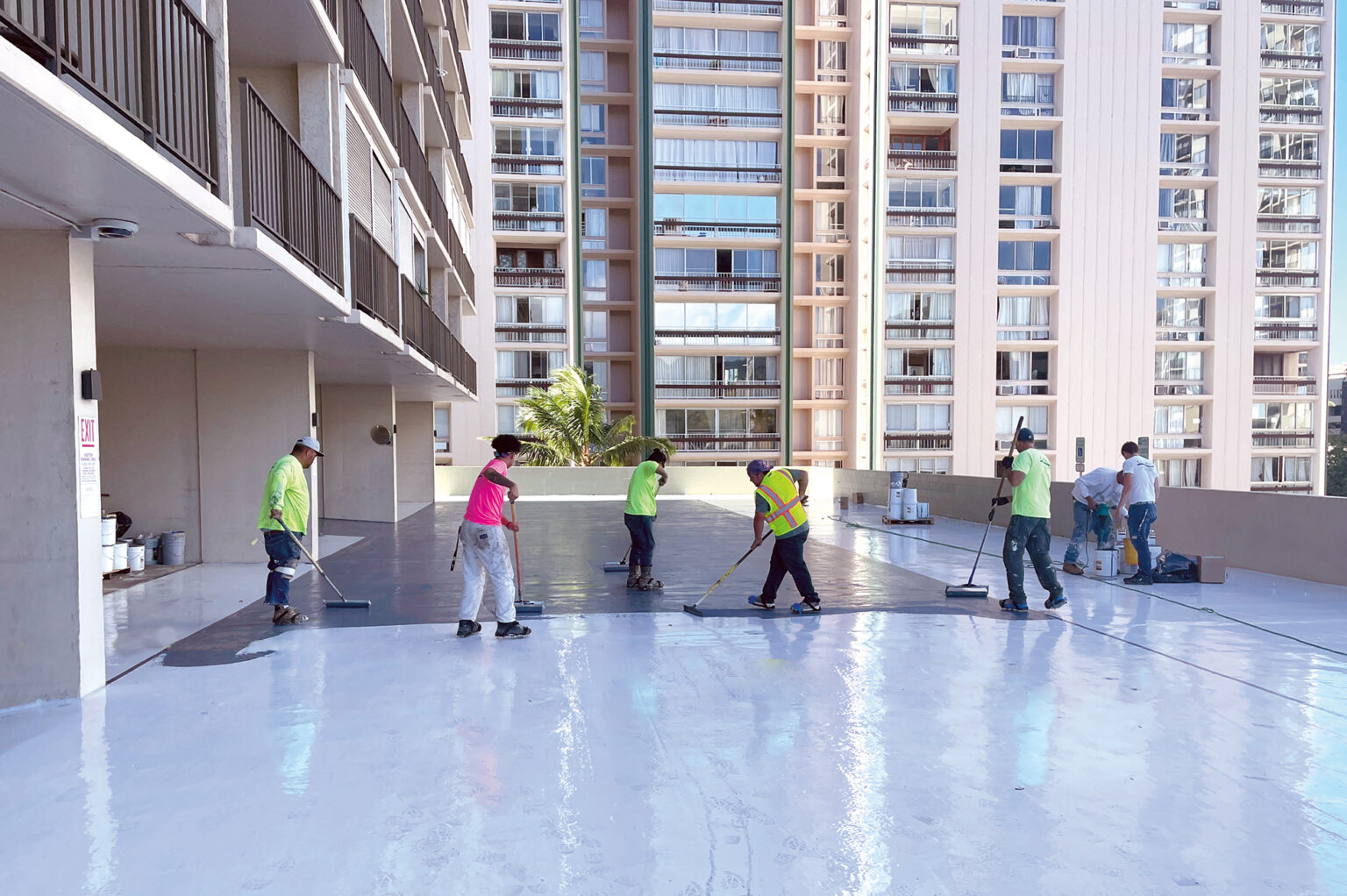The cyclical nature of construction—as well as its dependence on economic factors, territory and the status of the market sector—sees the painting industry today not as robust as it had been in prior years but is currently holding steady, according to CEO Lari Zelinsky-Bloom, The Zelinsky Co.
“2021 did not really turn out as expected,” Zelinsky-Bloom says. “The interruption of the supply chain delayed projects in addition to the challenges from COVID. It was difficult with the vaccine mandates put in place by many owners and general contractors. It was burdensome for the contractors to determine the vaccination status of their workers and to decide the appropriate manpower for specific projects.”
Zelinsky-Bloom adds that it is extremely difficult to forecast for 2023 in these uncertain times.
“We will plan for the worst and hope for the best,” she says. “Though there may be projects in the planning, you never know what economic, social or political issues will arise to delay or cancel a project.”
David Dunham, president of Kawika’s Painting Inc., says his company offers commercial painting work consisting of warehousing, townhomes, high-rises, office buildings, spall repair, carpentry, waterproofing and roof coating. Dunham adds that his company has not been impacted by the coronavirus.
“Ninety percent of our work is exterior, thus very safe,” Dunham says.
As for technologically-advanced options, Dunham adds, “They are available if specified in a project, but we do not use them. On most exterior projects we power-wash with a mildewcide or bleach to remove microbial growth.”
He says he believes “the painting sector has been impacted by supply-demand issues. Some specialty supplies in high demand require wait times.”
The National Association of Home Builders report that paint, both indoor and outdoor, was up nine percent in January 2022.
President Rodd Shimamoto of Raymond’s Painting Co. Inc., which provides both commercial and residential painting, says his company has seen a rise in both sectors of painting work.
“We use paints that carry traditional technology, nothing fancy, but just regular latex paints,” Shimamoto says. “I would typically recommend using higher-grade finishes for projects that would help in maximizing the overall life-span of their painting projects.”
The coronavirus has impacted Hawaii’s painting industry overall, according to some painting contractors.
“I feel that the pandemic has impacted the painting industry in ways such as man-power/labor,” Shimamoto says. “We have had a hard time finding personnel from before the pandemic and, since its start, has magnified many times over.






